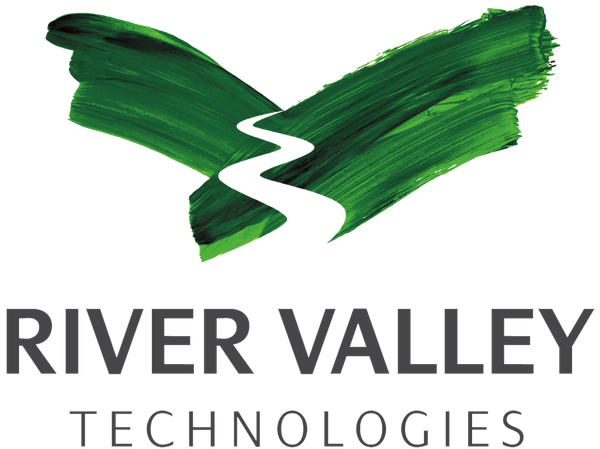One of the holy grails in display holography is the production of natural color holographic images. Various sets of wavelengths for recording have been suggested, some favoring three wavelengths, some four, and even more. I will argue that the choice of recording wavelengths is completely independent of the holographic process; in fact was solved once and for all by scientists working in general lighting in the 1970s. I will suggest an ideal set of wavelengths which will produce color rendition equal to better than conventional photographic processes.
- ▼Conferences
- ►Free software
- ►Graphics
- ▼Holography
- ►Literature
- ►Mathematics
- ►Medicine
- ►Publishing
- ALPSP 2010
- ALPSP 2011
- APA 2010
- APA 2011
- ►APE
- Atypon User Conference 2012
- AUB 2014
- Beyond the PDF 2011
- Beyond the PDF2 2013
- ►COASP
- ►CrossRef
- DataCite 2013
- Force 2015
- Force 2016
- Force 2017
- Force 2019
- JATS-Con 2012
- JATS-Con 2013(4)
- JATS-Con 2015
- JATS-Con 2016
- Open Access Africa 2010
- PEER Conference 2012
- PubConf 2013
- PubConf 2014
- R2R 2016
- ReCon 2015
- ReCon 2016
- Rigour and Openness 2013
- Science Online London 2011
- SOAP Symposium 2011
- SpotOn 2016
- SpotOn London 2012
- ►SSP 2011
- SSP 2015
- ►STM
- Annual Conference 2009
- Annual Conference 2010
- Annual Conference 2011
- Annual Conference 2012
- Annual US Conference 2015
- Beyond Books 2010
- E-Book 2.03 2009
- E-Production Seminar 2009
- E-Production Seminar 2010
- E-Production Seminar 2011
- ►E-Production Seminar 2012
- E-Production Seminar 2013
- FACT Seminar 2013
- FACT Seminar No.2 2013
- Frankfurt Conference 2013
- Innovations Seminar 2009
- Innovations Seminar 2010
- Innovations Seminar 2011
- ►Innovations Seminar 2012
- Innovations Seminar 2013
- Innovations Seminar UK 2012
- Medical Publishing 2012
- Spring Conference 2010
- Spring Conference 2011
- Spring Conference 2012
- ►UCL DIS
- UKSG 2011
- ►UKSG 2012
- UKSG NOV 2011
- UKSG One Day Conference 2012
- Unique IDs 2012
- ►Science
- ▼Text
- ►Typography
- Uncategorized
- ►Video tutorials



